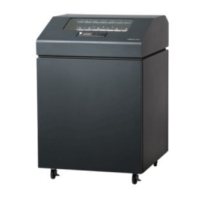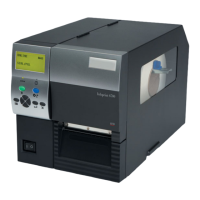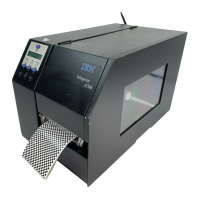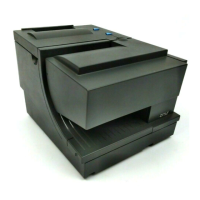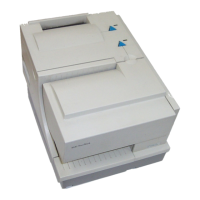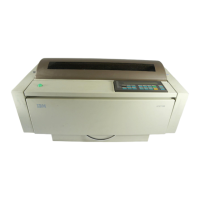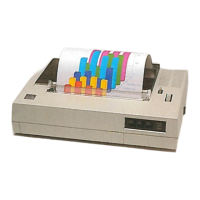RS-232 and RS-422 Serial Interfaces
Note: The RS-232 and RS-422 serial interface circuit characteristics are compatible
with the Electronic Industry Association Specifications EIA-232-E and
EIA-422-B.
The RS-232 and RS-422 serial interfaces enable the printer to operate with bit serial
devices that are compatible with an RS-232 controller. The input serial data transfer
rate (in baud) is selectable from the printer’s control panel. Baud rates of 600, 1200,
2400, 4800, 9600, 19200, 38400, 57600, and 115200 baud rates are available.
Note: If you select a baud rate that is greater than 19200, you may need to use
RS-422 to prevent data loss. You may also need to increase the Buffer Size in
K parameter from the default (1 Kbyte) to improve performance.
The input format consists of a single start bit, 7 or 8 data bits, and one or two stop
bits. The number of data bits is determined by printer configuration. The data bits
are interpreted with the least significant bit first. Parity checking is determined by
printer configuration options selected from the operator panel.
The printer interface uses a first-in/first-out buffer. The asynchronous interface
accepts data as it is provided by the host. The length of the data cable from the
host computer to the printer must not exceed 50 feet (15 meters) for RS-232
interfaces and 4000 feet (1220 meters) for RS-422 interfaces. (A copper conductor,
twisted-pair telephone cable with a shunt capacitance of 16 pF/foot [52.5
pF/meter] terminated in a 100 ohm resistive load must be used for the RS-422.)
RS-232
6500-v20 Models
Table 4. 6500-v20 RS-232 Serial Interface Connector Pin Assignments
Input Signals Output Signals Miscellaneous
Signal Pin Signal Pin Signal Pin
Receive Data (RXD) 2 Transmit Data (TXD) 3 Chassis/Signal
Ground
5
Clear to Send (CTS) 8 Request to Send
(RTS)
7
Data Set Ready (DSR) 6 Data Terminal Ready
(DTR)
4
Data Carrier Detect
(DCD)
1
206 Infoprint 6500 User’s Manual
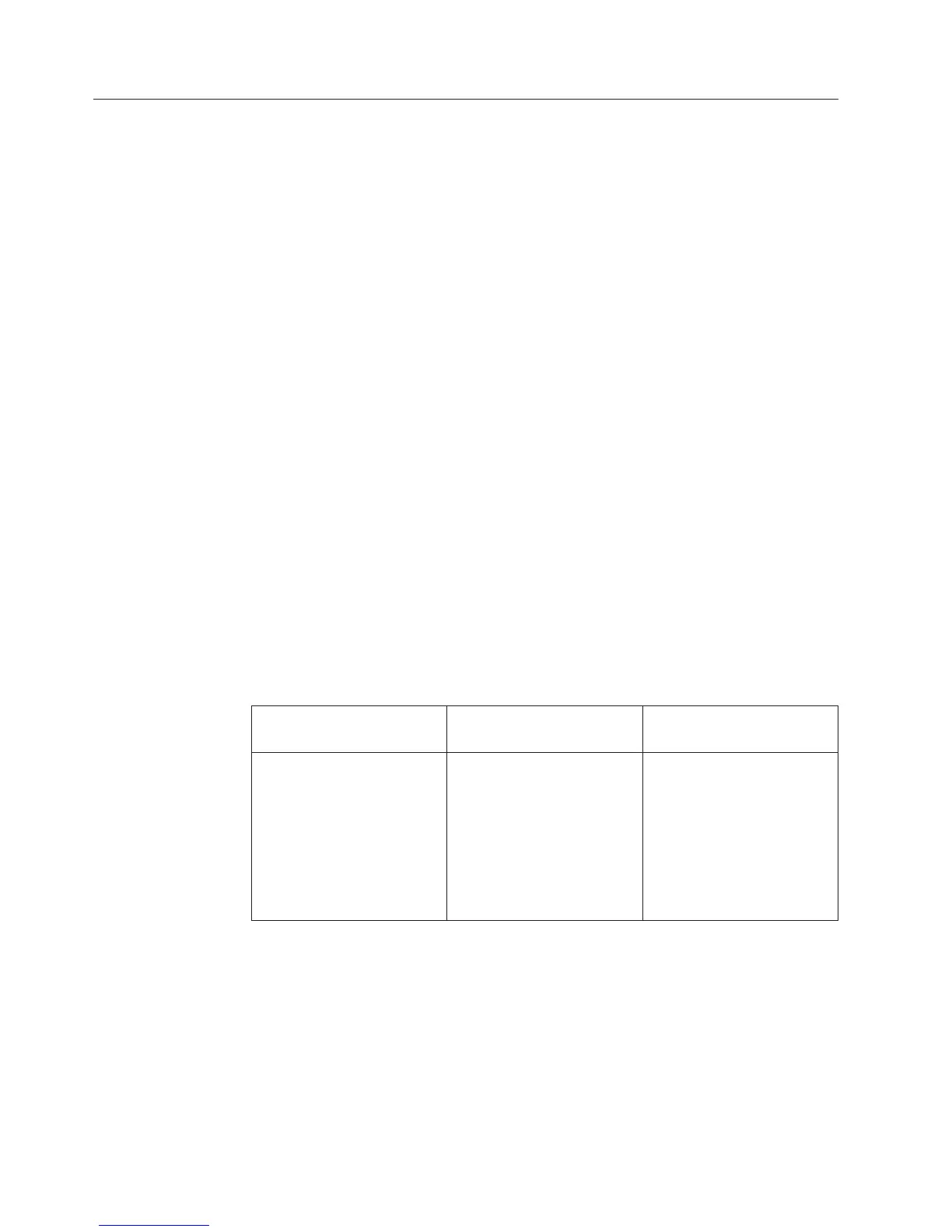